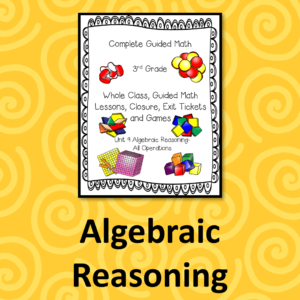Multiplication and Division!-TEKS: 3.4F, 3.4G, 3.4H, 3.4I, 3.4J, 3.4K, and 3.5D
Relating Multiplication to Division. These plans are for 7 days of instruction. This unit is about relating multiplication to division. Two types of division are introduced in this unit- sharing or partitioning and repeated subtraction. The divisibility rule of 2 is introduced with the odd/even concept. The inverse relationship between multiplication and division helps students continue to learn basic facts.
I have broken down each TEK into Learning Targets to make it easier to track student progress. There are 14 skills in this unit! A student data sheet is included for students to reflect on their own learning for the unit. A teacher tracking sheet is included to make small group instruction easier!
Each day contains objective, learning targets, materials, whole class teaching activity, guided math activity and closure with an exit ticket and answer key for most days.
Whole Class teaching in this unit contains:
Math Huddle (Math Talk)- Cube It! Close Reading Strategy for Math
The Doorbell Rang Flip Book (Literature Connection)
Mini Lessons (Connection, Teaching Point, Active Engagement and Link to Ongoing Learning)
Games in this unit include:
SCOOT:
Missing Factor
SCOOT Extensions:
Missing Dividend
Word Problem Puzzles
This unit is designed to print and go! I keep mine in a binder. You can put each day and all of the materials for that day in one sheet protector.
I hope this unit helps you get started with Guided Math- you can’t beat $1.14 per day for a complete unit!
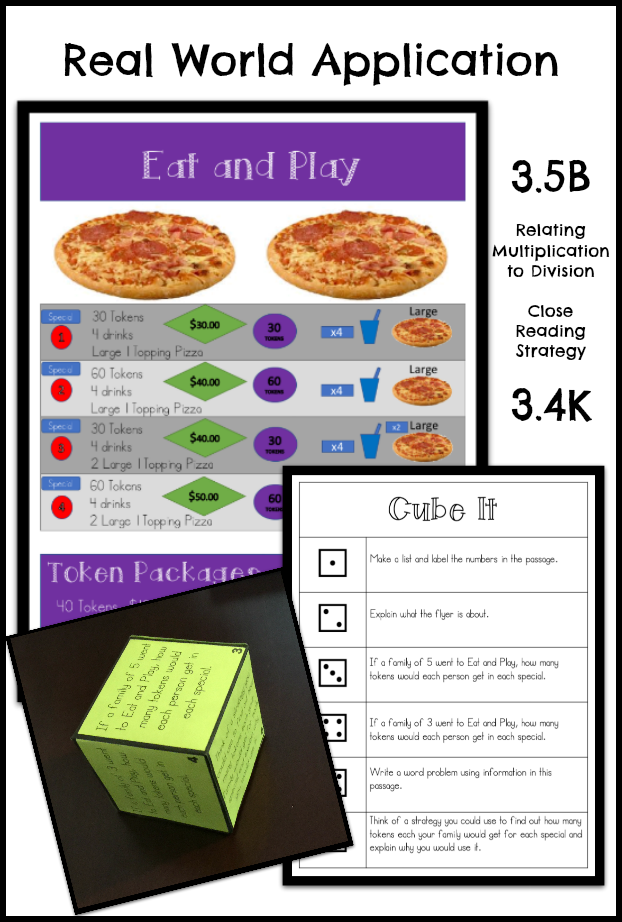
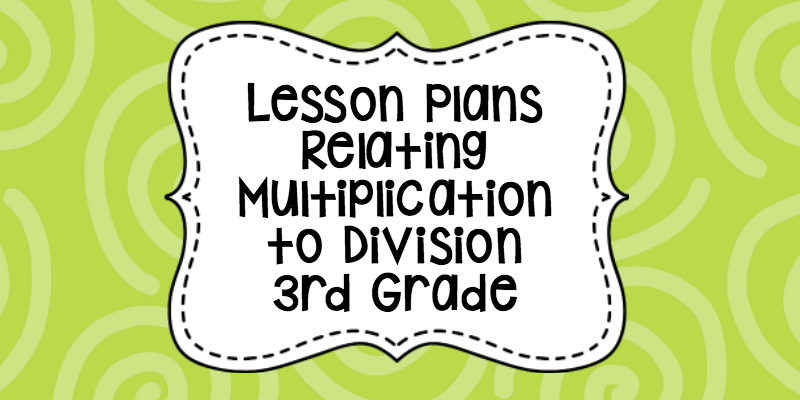
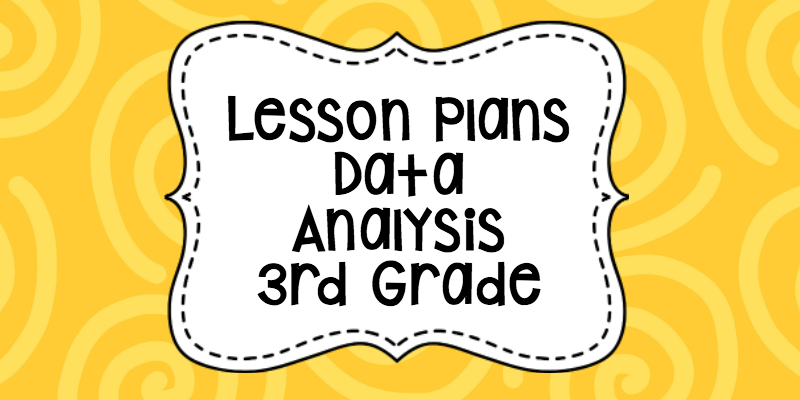
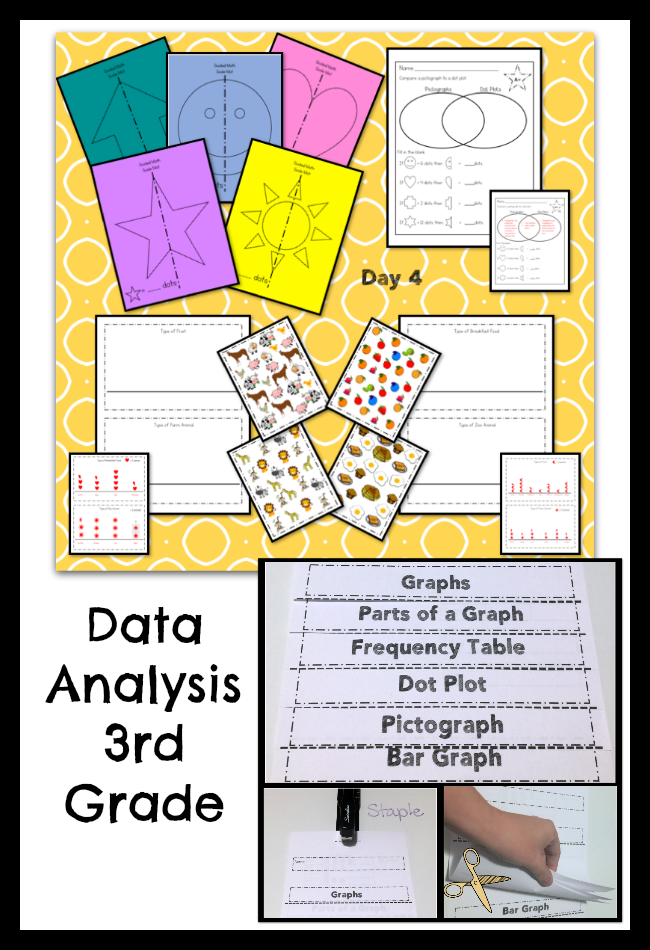
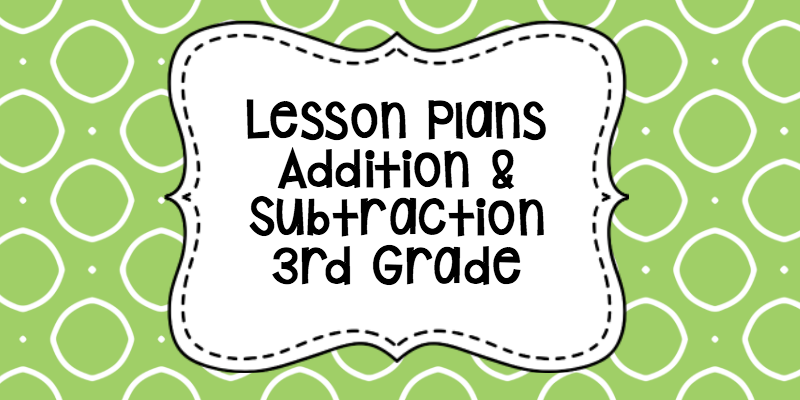
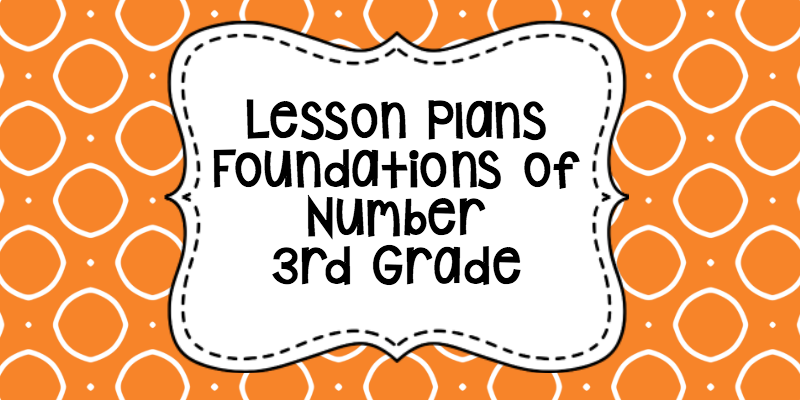


 When teaching 3.6D, focus on finding the rectangle and relate it to the area model. A great way to start is by doing a math huddle. This year we are trying this one. We are using the one on the right, but have the one on the left just in case the groups get really stuck! Give the kids the problem on the first day of instruction- without teaching them how to do it! Let them use what they know about area from the previous units to come up with a strategy. Let them share what they are doing!
When teaching 3.6D, focus on finding the rectangle and relate it to the area model. A great way to start is by doing a math huddle. This year we are trying this one. We are using the one on the right, but have the one on the left just in case the groups get really stuck! Give the kids the problem on the first day of instruction- without teaching them how to do it! Let them use what they know about area from the previous units to come up with a strategy. Let them share what they are doing!